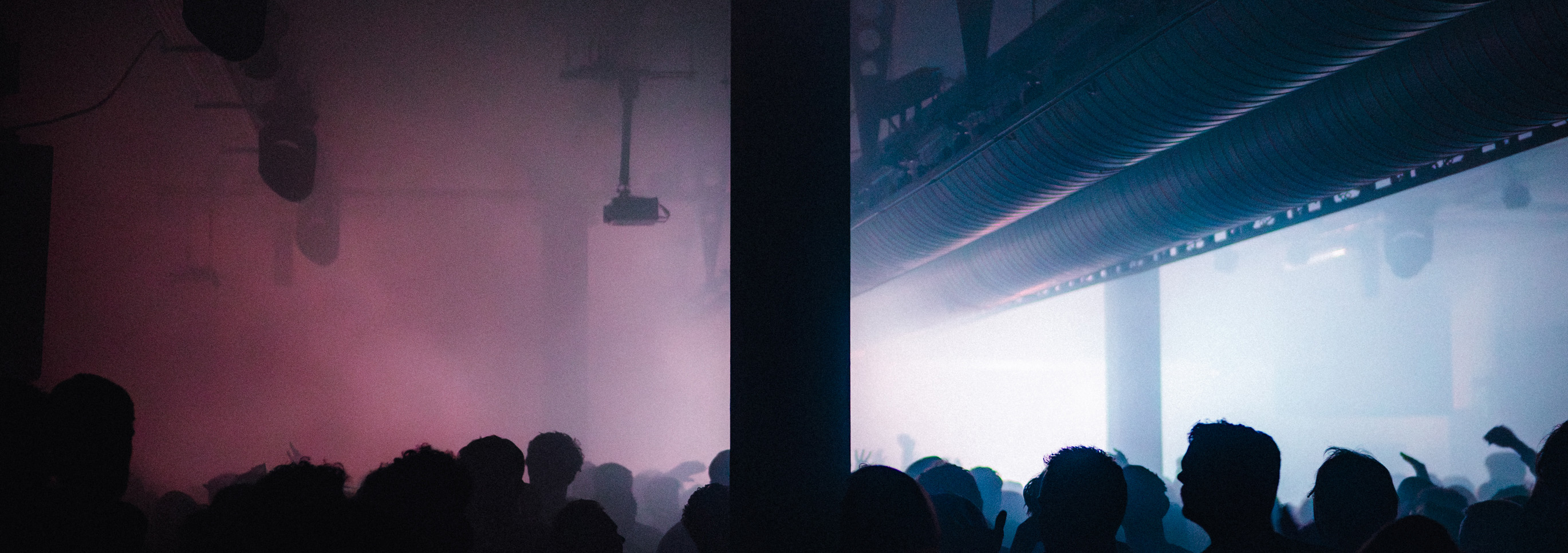Words by Meike Jentjens
It’s never been easier to be into electronic music. Electronic acts are headlining big festivals like Lowlands, soundtracking your FYP, and dominating streaming platforms. Spotify’s algorithms spit out a new ‘underground’ gem every day, and Boiler Room sets have become digital folklore. Anything electronic is more popular than ever, according to MIDiA research and the Dutch institution Buma Cultuur. But here’s the kicker: while the kicks take over our ears, the very places that birthed this culture are facing an existential crisis. Why does it seem harder than ever to run a nightclub?
Here in the Netherlands, and across the border in club cities like Berlin, the tension is palpable. OOST recently announced its permanent closing, and more and more promoters are scaling down the capacity of their events or the frequency of hosting club nights. Electronic music is winning, clubs are not. Close to home, Germany has officially added Berlin’s techno scene to UNESCO’s heritage list as recognition of the scene’s contribution to the cultural identity of the city, in an attempt to save its clubs, because it’s crucial.
Us Dutchies tend to look at Amsterdam when it comes to club life. The city is a global dance music hub and global pilgrimage around October, yet it’s grappling with challenges that threaten its nightlife. Rising property prices and stringent regulations have led to the closure of iconic venues, pushing the scene to the fringes. In response, the city launched the €12 million worth Institute for Night Culture, aiming to reinvigorate its nocturnal identity, rather than letting safe spaces fall into capitalistic hands.
Meanwhile, in Utrecht, the situation is equally concerning, and so the city is the second one in The Netherlands to put in efforts to save nightlife with a governmental ‘Nachtvisie’ plan. Despite the city’s vibrant student population and rich cultural tapestry, the nightlife scene is struggling to meet demand, and niche clubs fight to find audiences big enough to break even. So, what seems to be causing this disconnect?
For starters, the digital age has transformed how we consume music and see DJs, as written before. Streams or likes don’t guarantee ticket sales anymore, and the lingering effects of the pandemic, economic pressures, and high-rising (artist) fees, don’t help. Shifting legislation about opening times and difficulty obtaining permits have led clubs in Amsterdam, Utrecht, and even as far as Melbourne to shorten opening times, as seen in a graph by The Financial Times based on data from Resident Advisor, leading to a global decline in late-night dancing. Add all of this to the mix, and it’s clear that clubs are navigating a complex landscape.
Still, clubs offer a sense of belonging, especially for marginalized groups seeking refuge and connection. Therefore, the decline of our club scene (which transcends cities) isn’t just a nightlife issue, it’s a cultural one. If these spaces disappear, some groups might lose their freedom.
In Berlin, iconic club Tresor recently announced a series of free club nights to help keep its doors open: a radical move that reminds us just how precarious even the biggest names in night culture have become. See this #SaveTheUnderground protest as a cry for help dressed as a party. Dimitri Hegemann, founder of Tresor and advocate for Berlin nightlife aims to make clubbing more accessible.
Taken together, developments like Tresor’s Community Nights or Utrecht’s ‘Nachtvisie 2030’ suggest that while nightclubs may be under pressure, their cultural and economic significance is increasingly being recognised. Whether the response is free club nights, government funding, or long-term strategic planning, one thing is clear: the conversation around clubs isn’t fading into silence anytime soon.
